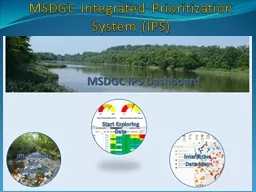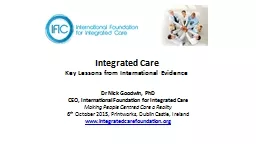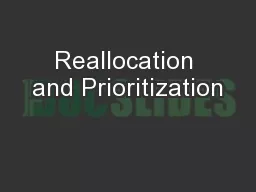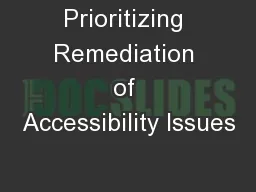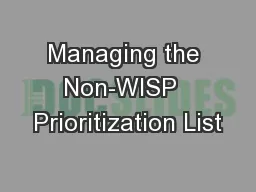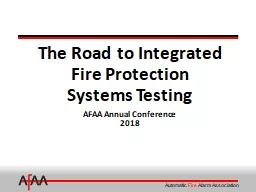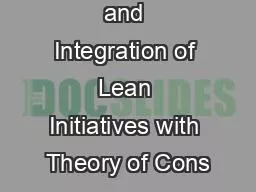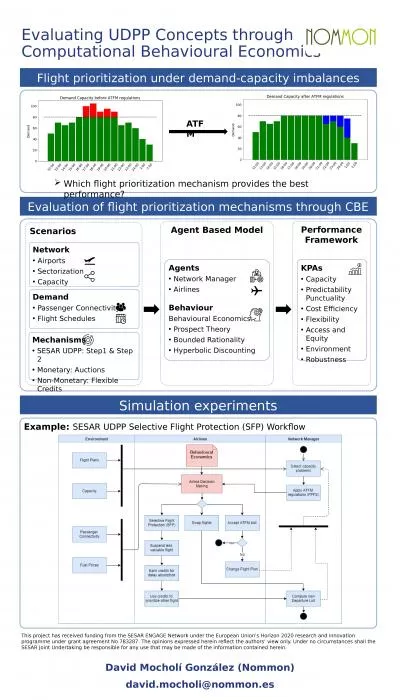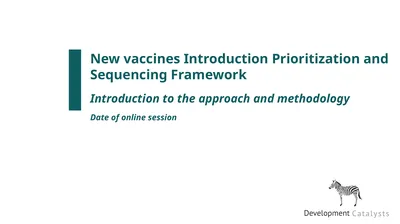PPT-History of Integrated Prioritization Systems
Author : brambani | Published Date : 2020-10-06
Ohio EPA Original IPS Concept Supports the Water Resource Restoration Sponsor Program WRRSP Used to prioritize and qualify WRRSP funded projects Based on identified
Presentation Embed Code
Download Presentation
Download Presentation The PPT/PDF document "History of Integrated Prioritization Sys..." is the property of its rightful owner. Permission is granted to download and print the materials on this website for personal, non-commercial use only, and to display it on your personal computer provided you do not modify the materials and that you retain all copyright notices contained in the materials. By downloading content from our website, you accept the terms of this agreement.
History of Integrated Prioritization Systems: Transcript
Download Rules Of Document
"History of Integrated Prioritization Systems"The content belongs to its owner. You may download and print it for personal use, without modification, and keep all copyright notices. By downloading, you agree to these terms.
Related Documents

